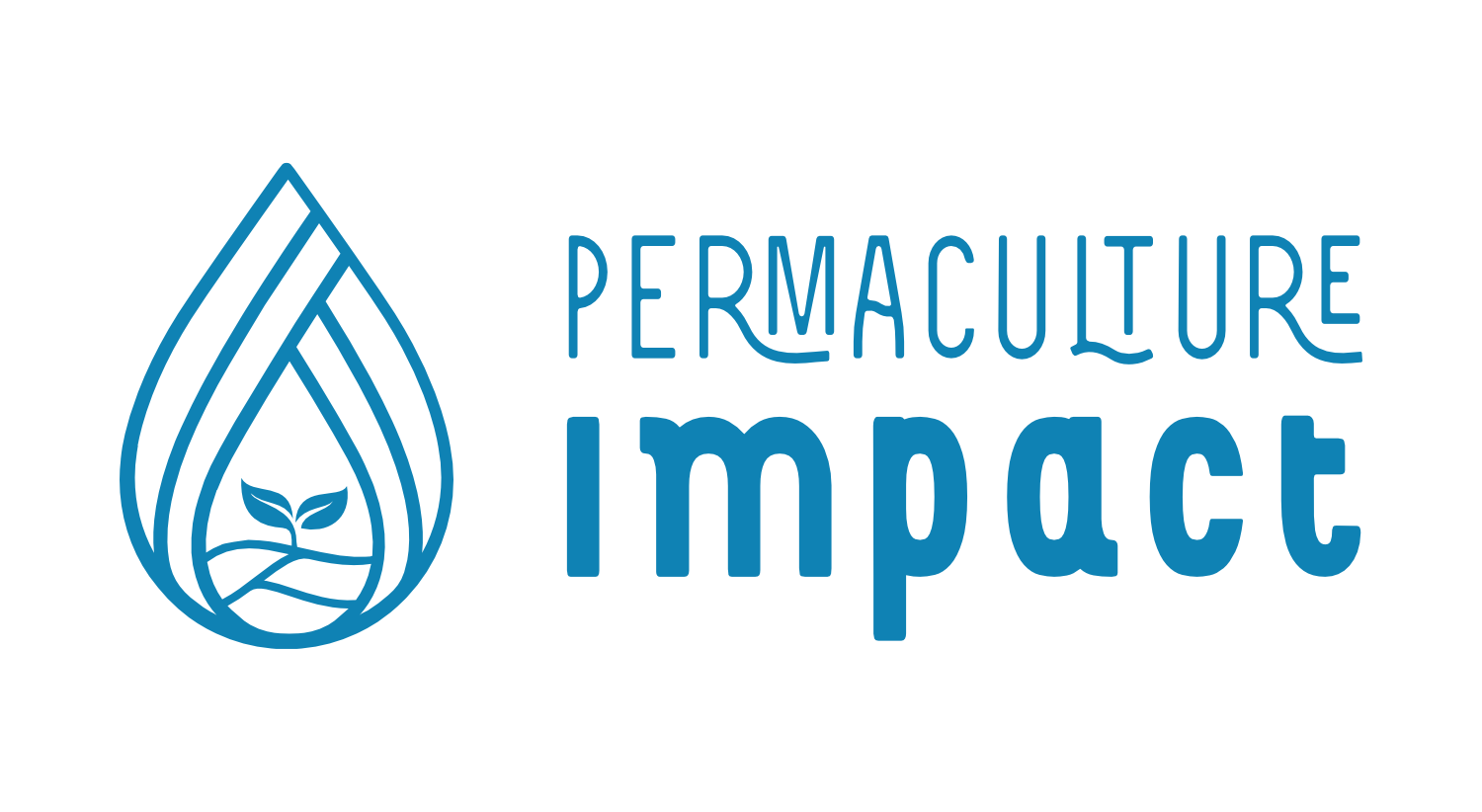Glossary
As with permaculture, MEL and impact assessment have a lot of terminology associated with them. An internet search often yields several differing definitions for the same term. Below we set out some of the most common terms, along with the definition that we use within Permaculture Impact. If there are other terms that you would like to see clarified, please let us know in the forum and we’ll do our best.
Aims
The desired impacts of a project.
Change Pathway
A change pathway is a way of expressing a theory of change or a part of your theory of change. It presents the pathway from activities to outputs to outcomes through to impacts. A ‘change pathways map’ is a visual representation of (usually a number of integrated) change pathways for your project.
Impact Assessment
Indicators
Logical Framework (Logframe)
Monitoring and Evaluation (M&E)
Monitoring Evaluation and Learning (MEL)
Objectives
Outputs, Outcomes and Impacts
These ones can cause great confusion. An output is the direct result of an activity (typically one conducted by the project). An outcome is a consequence of an output. An impact is a longer term change to people’s lives or the environment that results from (often several) outcomes. Our Change Pathways Mapping course is a great way to explore and document your projects outputs, outcomes and impacts. We will soon also have a mini-course which introduces impacts.
To an extent what is called ‘an outcome or impact’ will depend on the scope of the project. If it is an education project, for example the impact might be knowledge gained. But for another project this might be a stepping stone (outcome) towards behaviour change- for example dietary change (the impact).
Participatory Approach
This is where the design and implementation of MEL is done with the close involvement of the project participants. Typically, participants may identify/design indicators that are important to them, will help to plan data collection methods, ensure that that data is collected, and then utilise the resulting data and analysis themselves. These metrics might be submitted to funders, with additional indicators as required.
Project / Organisation
We use these terms interchangeably. We mean the organisational unit and set of activities that you want to monitor, evaluate and learn about. A project can also be a particular set of activities undertaken by an organisation- in that respect an organisation might have multiple projects happening at any one time. An organisation might have a farming project, an education project and a health project, for example.
Theory of Change
A ‘theory of change’ explains how activities are understood to produce a series of results that contribute to achieving the final intended impacts (why are you doing what you are doing?). It can be developed for any level of intervention – an event, a project, a programme, a policy, a strategy or an organisation. A theory of change can be developed for an intervention. Here the ‘intervention’ is the introduction of a Permaculture design, for example or some part thereof.
